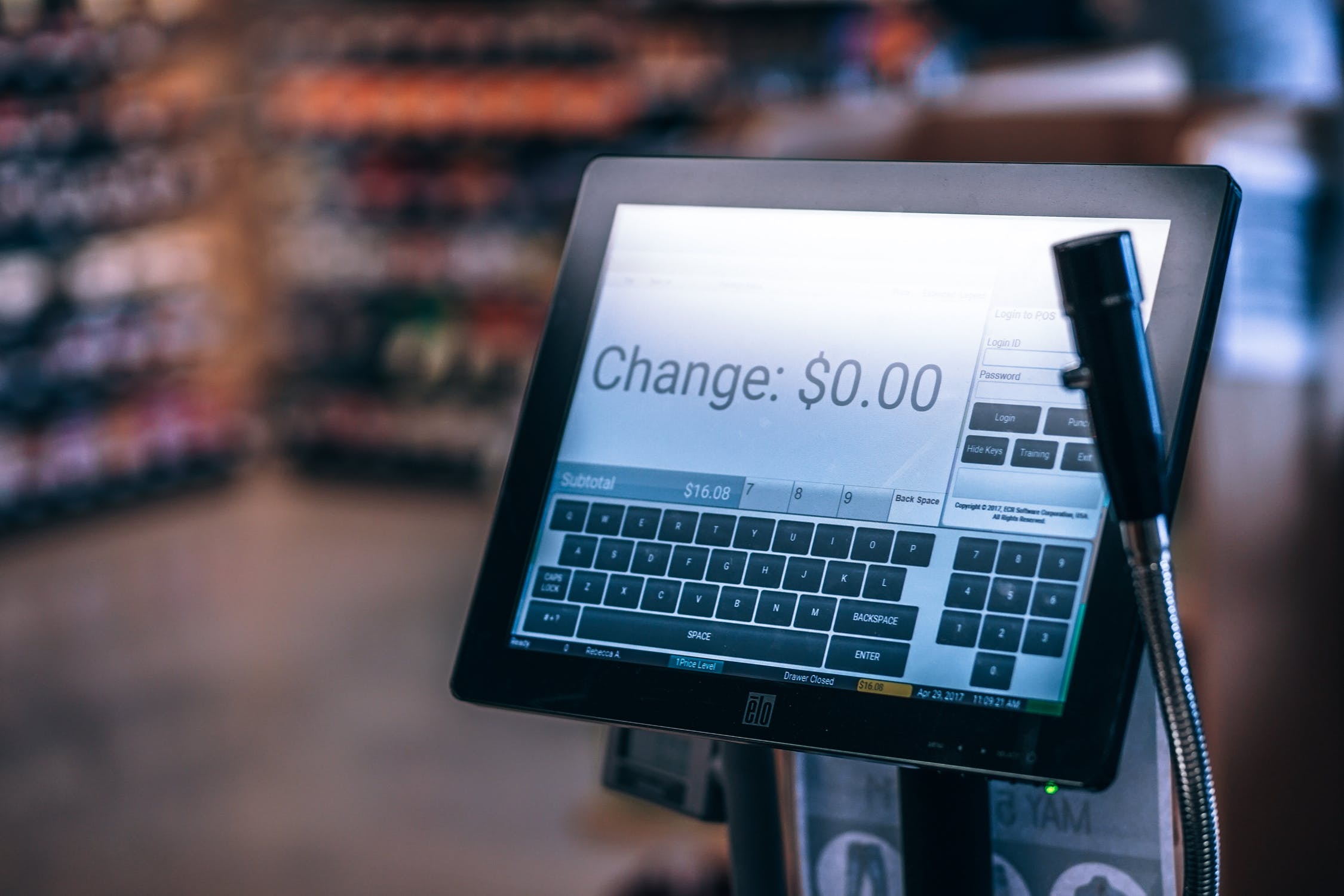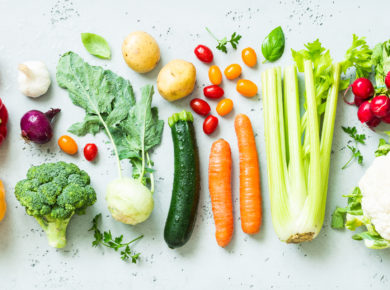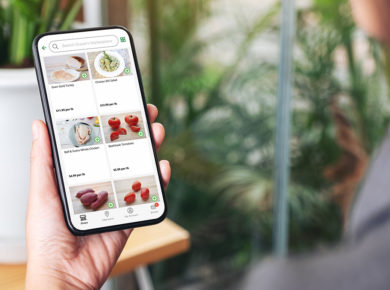Types of Cash Registers
Most cash registers fall into one of the following categories: electronic cash registers (ECR), point of sale systems (POS), or mobile point of sale systems (mPOS). ECRs are appealing to smaller businesses looking for basic functions because of their low price and easy to use features.
Computerized POS systems, however, can provide the same functions as an ECR and more. Both POS and mPOS systems offer business owners a lot of choices when it comes to collecting data that can provide useful insights – that can be leveraged in various money-making ways. So, when it comes to picking a cash register for your business, make sure you take into account the following three things:
- What kind of cash register does your business need?
- What cash register is most efficient and budget-friendly?
- What requirements does your business have in terms of tracking and storing customer transactions?
Cash Registers vs. POS Systems
A cash register is an electronic device used to calculate financial transactions. The cash register was invented, sold, and developed in the 1800’s by James Ritty. Ritty was originally a saloonkeeper, selling “pure whiskies, fine wines and cigars,” and realized he needed a better way to register transactions made at his business. Thus, the cash register was born. The devices can perform the following functions:
- Input entries
- Have a drawer to hold cash
- Print receipts
- Process credit cards
- Personal check verification
A POS system is essentially a more advanced, computerized cash register. POS systems were first invented in 1906 by Charles Kettering, who developed a cash register that was powered by an electric motor. This made it easier for cashiers to ring up sales because it was faster and simpler. However, it wasn’t until the late 70’s that cash registers fully evolved into POS systems.
These systems can be tailored to any business, whether it’s retail or food because each point of sale system can have customized and individualized hardware and software. For example, the physical hardware that makes up a deli or artisanal food store POS system could be an iPad connected to a scale to weigh products. However, the software can be tracking and collecting customer data based on the needs of the business. For inventory purposes, the software can track how many sesame seed bagels or types of sausage were purchased from 6 a,m. to 8 a.m. POS systems can collect customer data as needed by the business.
The collection of data that reflects consumer behavior patterns can be very useful for making decisions around inventory, budgets, staffing and more.
However, POS Systems can be expensive, costing anywhere from $4,000 to $10,000 and often times are unnecessary when a simple battery operated cash register can perform the task the business needs. The cost of ECRs range from $30 to $200.
If a business does need a more advanced product than a simple ECR, a POS system can have software applications that enable merchants to record sales, access customer information, check inventory levels, and look for other data. These options enhance business performance and improve decision-making pertaining to the business. The downside of these systems is that the software usually comes pre-programmed, making them vulnerable to crashes, repairs, and maintenance fees.
mPOS
mPOS systems are becoming increasingly popular. While traditional POS systems are falling at 2.5% per year, mPOS systems are thriving—growing at almost 10% each year. mPOS are typically smaller in size than a standard POS, which allows for mobility. Technology such as cloud computing and devices like the iPad allow small business owners access to the modern, mobile point of sale technology that provides them with the same features found in a computerized POS system at a lower cost. Using a cloud network allows a business to store information in a secure and encrypted manner. For costs, an iPad cash register can cost as approximately $2.50/day. Tablet-based systems are relatively easy to use and provide businesses with the analytical data they need to run a growing business and use this data to thrive.
How to Use an iPad as a Cash Register
To turn your iPad into a mPOS system, you will need the following:
- A credit card reader
- POS app to process payments and manage your sales
- Square Stand Application
Square
Square is the free point-of-sale application offered through Apple that gives business owners everything they need to run and grow their business. The application can use a Square Reader for magstripe which accepts debit and credit cards, accepts EMV chip cards and Apple Pay with the Square Reader for contactless and chip methods of payments. The latest versions of Square Stand are compatible with the following iPad models: iPad Air. iPad Air 2. iPad Pro 9.7. You can have a fully functional POS system with just an iPad, but some businesses also need other equipment, such as:
- a checkout stand
- cash registers
- printers
The best iPad POS systems don’t require any tech skills, making them easy and accessible to any business owner. One of the main advantages of an iPad POS is the detailed reporting it provides. This reporting helps business owners understand all aspects of their business, whether they want to track top-selling products or see which hours are the busiest during the day.
Tips for Choosing A Cash Register
Understanding the needs of your business is crucial when it comes to picking the right type of cash register. If your business doesn’t need a $4,000 POS, you can opt for a battery operated an electronic cash register or an MPOS. The three most important things to keep into consideration when choosing a cash register are:
- Size and Need: smaller business’ with fewer products can get away with basic cash registers, but larger business’ with a variety of products will most likely need a POS that can help streamline sales
- Cost: what can your business afford?
- Know what you’re buying! – There are no regulations or standards for manufacturers when it comes to what is or isn’t included in a register, POS system or a POS software. Make sure you know exactly what is included and what isn’t.
Picking a cash register may seem like a daunting task. But, with the endless options, business-owners are bound to find something they like. Speak to Mercato’s team to get some advice and insights into set-ups commonly used by merchants in the meat, cheese, fish, grocery and other food industries.






